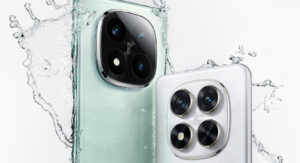Chargers are the lifeblood of any modern electronics, especially smartphones, tablets, and laptops. With developing technology comes changing ways of charging our devices, and manufacturers never stop aiming to increase both the speed and efficiency of charge.
Probably one of the common trends that has been observed among manufacturers—notably Xiaomi—lately has been to list fractional power speeds for chargers, such as 67W instead of 65W and things like 33W instead of 30W or 18W instead of 20W. What does this mean, and why are such ratings put in the first place?
Understanding Output Power of Chargers
The power input of a charger is measured in watts, reached by the multiplication of voltage in volts by the current it delivers in amps. This difference in power output then dictates how fast a device can charge. A higher-wattage charger can provide more power to the circuit from which, provided that is a rate at which the device is capable of sustaining, one should be able to charge a device quickly.
The following are some of the technical reasons for fractional power outputs:
- Improved Charging Efficiency: The specific power outputs, like 67W, 33W, and 18W, are often the result of a targeted engineering exercise in charging efficiency optimization. For instance, this Xiaomi 67W charger could be specially designed to provide top charging just before its efficiency starts dipping at higher Wattages. This will ensure the charger is working in that sweet band of Power Delivery, where it is efficient without heat generation.
- Thermal Management: One of the big problems with fast charging is heat. To balance fast enough charging with manageable heat, many manufacturers tune their charging power to a fractional value like 33W instead of the rounded value of 30W. This provides fine control that will help preserve the life of a battery and a charger.
- Battery Life: Charging a battery to its complete potential stresses the battery, hence reducing its life. Adopting slightly odd ratings—like 18W instead of 20W—lets a brand like Xiaomi slow down the charge rate just enough to have a significant impact on battery health over time without drastically impacting the user experience.
Marketing and Consumer Perception
- Differentiation on the Market: In a competitive market, every little edge matters. Doing 67W instead of just 65W allows Xiaomi to market an increase in charging speed. Even if it works out to a negligible real-life difference, it can easily impact consumer perception positively.
- Perceived Innovation: Fractional wattages like 33W or 67W provide the feeling that it’s a company looking to stretch the boundaries of technology rather than sticking to regular specifications. Perceptions of innovation can enhance brand reputation and appeal to tech-savvy consumers who chase modern features.
- Precision and Performance: Advertising chargers with exact wattages—18W instead of just rounding them off to 20W— is an excellent detail, speaking of highly improved performance. That means the producer has exhaustively worked out an optimal charger in terms of the specific demands of their devices.
Regulatory and Compatibility Considerations
- International Standards: This is how manufacturers can rate their chargers with a view toward international charging standards and regulations. Specific power outputs ensure compliance on the global scene on safety and performance while optimizing for the best performance.
- Device Compatibility: Many chargers are optimized for the devices they come with. For example, this 33W charger from Xiaomi will indeed be optimized for some models to give the fastest charge while not anywhere outside of what’s safe for that device’s battery.
Impact on Usage
- Charging Speed: A charger who rated for 67W will charge compatible devices faster than one rated for 65W. Though the difference might be at the margins, it is going to speak for itself across several charging cycles.
- Efficiency and Heat: Chargers like Xiaomi’s products, be it the 33W or 18W versions, are designed to work efficiently with less energy wasted as heat. You will, therefore, have a more safe charge and decrease your electricity usage by a negligible value over time.
- Better Health to Battery: Slightly lower power output chargers like 18W versus 20W would charge more slowly and hence put less stress on a battery while generating less heat.
Consumer Choice
- Understanding Specifications: While choosing the charger, one should understand that all these fractional Wattages have been created to give their best performance. For instance, taking a 67W charger over its competitor with 65W might bring an infinitesimal addition to charging time.
- Brand Trust: For Xiaomi, going ahead and using these fractional wattages can be related to some pledge for customized, qualitative products; this may be what consumers seek as a reason to believe and go for Xiaomi’s chargers, not otherwise optimally designed ones.
- Cost vs. Performance: Optimized chargers may charge a little more at times. Consumers, hence, need to take a call on whether the marginal gains in charging speed and battery health are worth the extra cost.
Conclusion Something like Xiaomi’s 67W, 33W, and 18W chargers is not a marketing gimmick but speaks to deep thoughtfulness in balancing the maximization of charging efficiency with thermal output and battery longevity. Those odd wattages allow manufacturers to tune the charge cycle for optimal device and battery characteristics, providing a slightly faster, more efficient, and maybe even healthier charge cycle than standard rounded wattages.
This means that consumers, while using chargers with these fractional wattages, are most likely to yield optimum charging performance for any given device, as set out by the manufacturer. These differences may seem small, but they all add up toward realizing a much better user experience and, ultimately, reflecting quality and innovative commitment. In a crowded market, these details can help differentiate products and offer consumers a reason to choose one brand over another, enhancing both performance and trust in the brand.
Ultimately, the exact power ratings of chargers are but a tiny part of the more excellent work to improve and finesse the technology that we use daily, making even something as mundane as charging a device into a carefully optimized interaction of hardware and software.

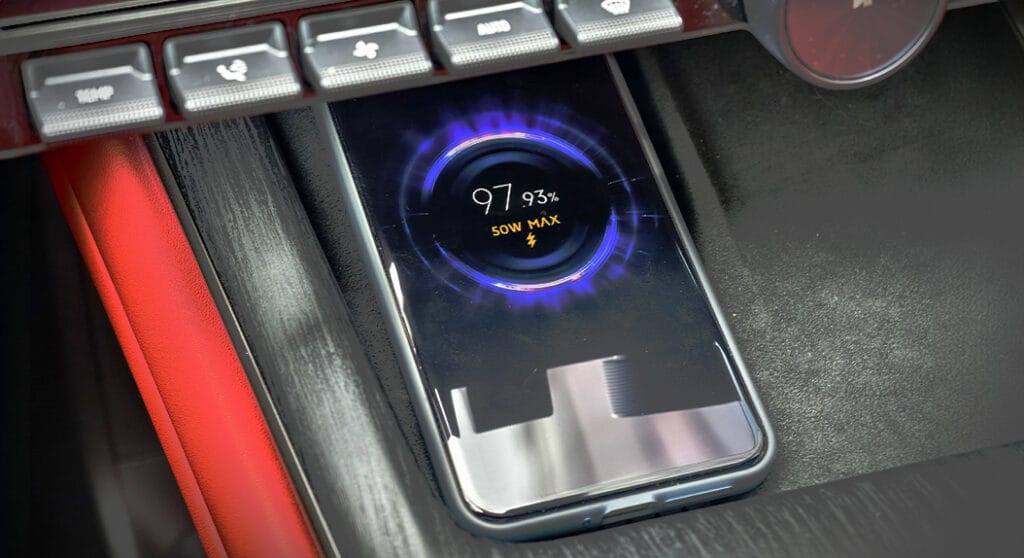
 Emir Bardakçı
Emir Bardakçı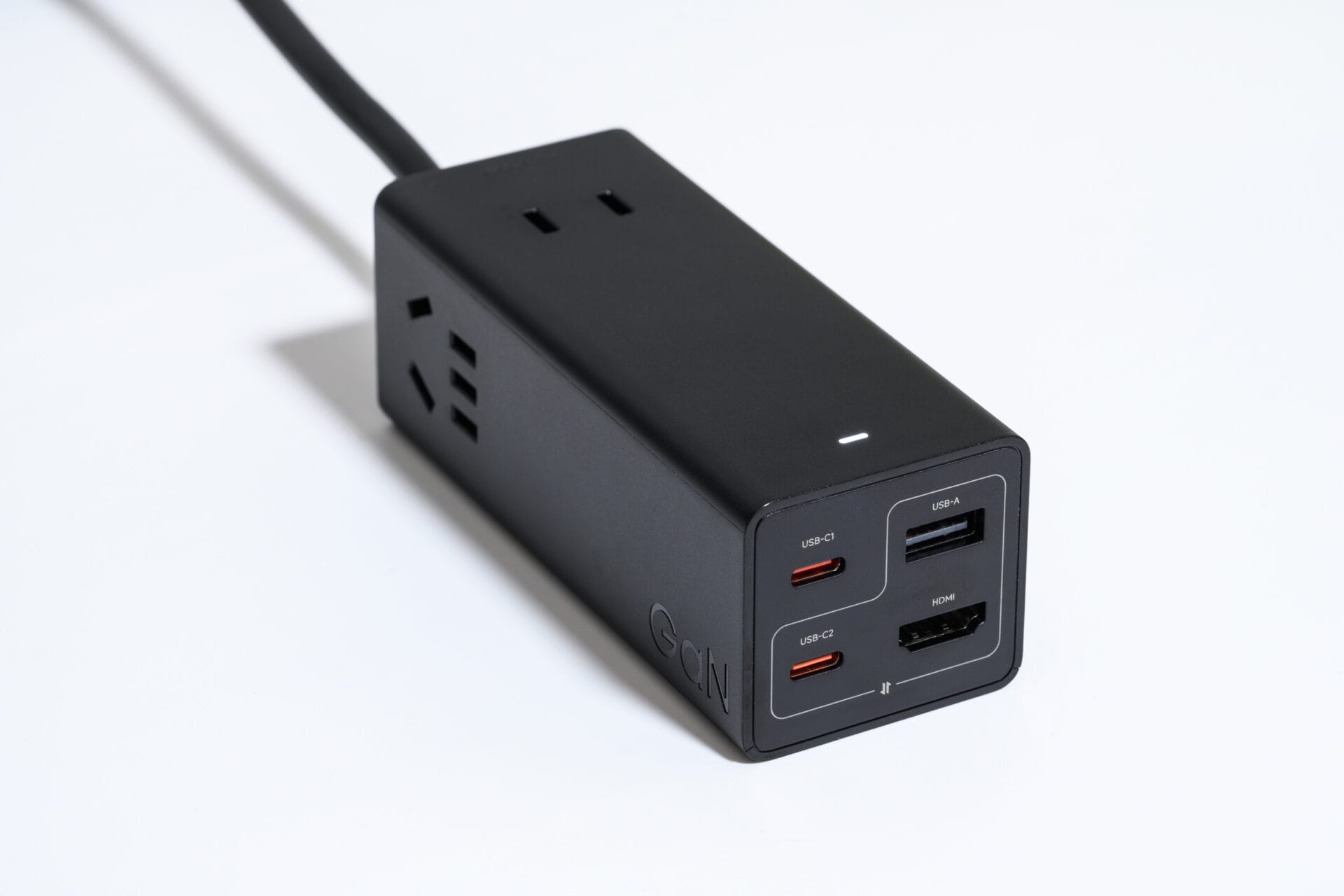
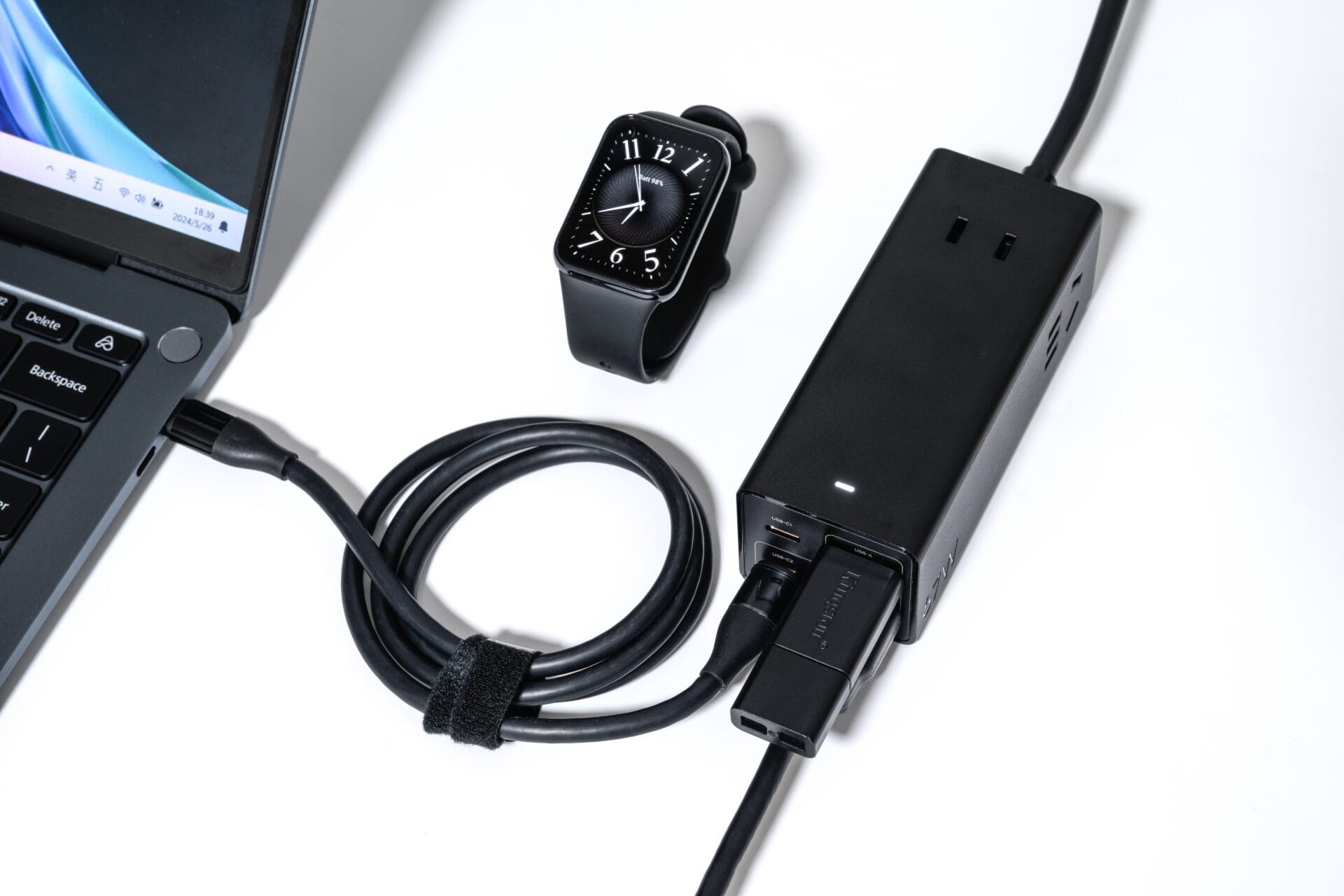
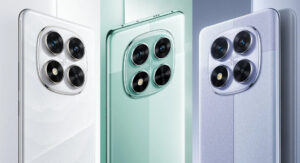
![Update life of Xiaomi, POCO, REDMI devices: Full list [December 2025] 5 HyperOS 2](https://xiaomitime.com/wp-content/uploads/2025/03/HyperOS-2-300x163.jpg)
